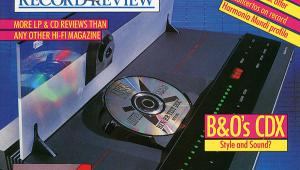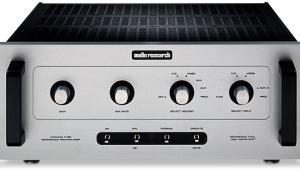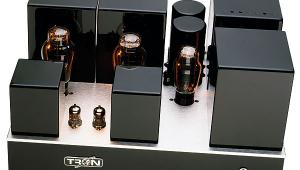Simply The Best
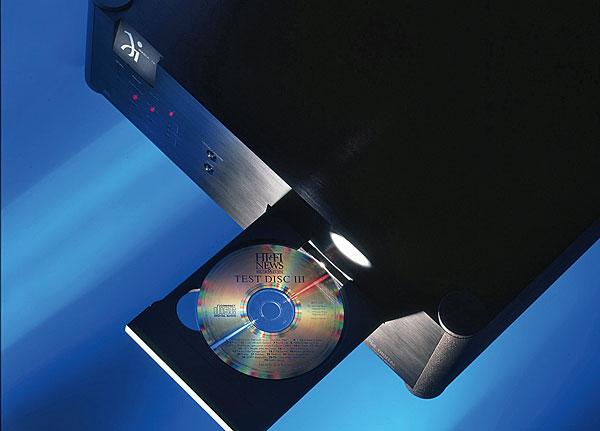
 The world's greatest single-box CD player? The Wadia 16 may be even better, since it's also a digital preamplifier. Martin Colloms listens...
The world's greatest single-box CD player? The Wadia 16 may be even better, since it's also a digital preamplifier. Martin Colloms listens...
The US home market has such strength in depth that it can easily support a burgeoning digital audio sector. Any competently run company is capable of sustained expansion founded on a solid infrastructure in which both advanced research, and the development of high technology products, play a crucial role.
Wadia is one such company. Its products are distinguished by their digital filter software or programme code, which is executed by DSP (digital signal processor or computer). This is in contrast to the off-the-shelf, one-chip digital filters used by the bulk of the industry.
Core Business
That is not to say that excellent results cannot be achieved with a standard filter. But Wadia's ability to write its own software gives it the freedom to fine tune the balance between filter rates, the placement and degree of spurious signals beyond the audible range and the transient response at the edge of audibility. Digital audio requires a filter to block out signals above 20kHz, and just how that block is achieved affects many aspects of the reproduced sound in the audible range below.
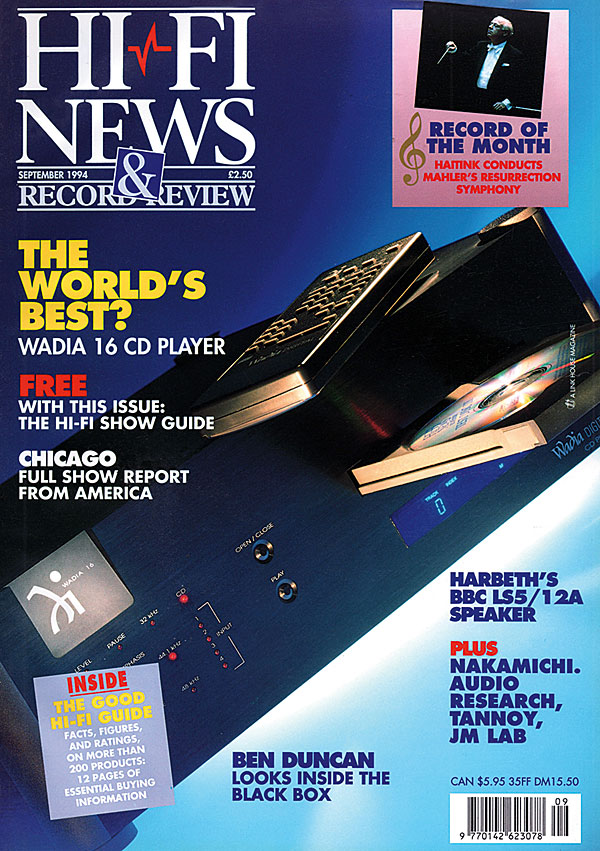
Wadia's current filter software is called Digimaster and is held on EPROM IC chips that can be exchanged when superior filter designs emerge. This is like exchanging the engine's electronic management chip in a car to alter or improve its performance. In digital audio, the DSP core is the 'engine'.
A recent advance in DSP has been the development of a high-quality, remote volume control operating in the digital domain, the advantage of which is that digital source components can be connected directly to a power amplifier, bypassing the preamp, thereby eliminating a potential source of fidelity loss. The Accuphase DP-70V was a fairly primitive example of the technology in use. More recently, PS Audio's Reference Link digital decoder/preamp [HFN Mar '94] and the Wadia 7/9 CD transport/DAC [HFN Nov '93] show just how far things have progressed.
On The Button
Now, with the Wadia 16, we have a one-box CD player/digital preamp. This large bluff unit is presented in the characteristic Wadia brushed satin black anodised alloy finish and looks deceptively simple. The fascia carries just two controls: drawer 'open/close' and 'play'. Only by surveying the array of buttons on the infrared-linked remote control handset can the extent of this machine's capabilities be gauged.
Apart from allowing selection of 'open-close', 'programmed play', 'normal' and 'A/B phase repeat', the remote control has time display, indexing, and 'auto space' options, the latter an aid to cassette dubbing and a ten-key numeric pad for track selection and programming. None of these controls is out of the ordinary for a full function CD player.
But then we come to the digital system controls. These comprise 'input', which controls selection of the chosen digital source; 'mute', which instantly reduces the level to inaudibility; 'absolute phase invert' and 'display on/off', two options for golden-eared audiophiles; and finally the digital volume control. There is no balance control on the remote handset.
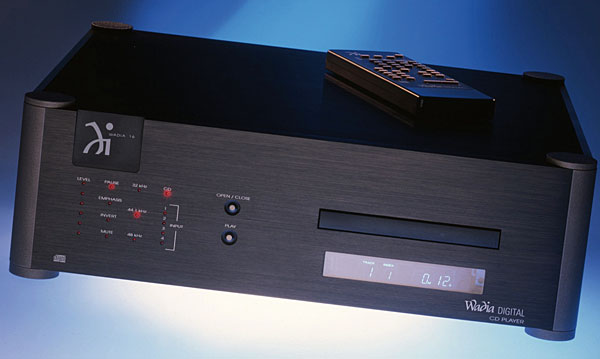
Although the Wadia 16 is a fully-fledged CD player, it can be used purely as a high performance CD transport. It is equipped with four outputs: glass and plastic optical; and coax and AES/EBU balanced electrical. On the digital receiver side, the same four input options supplement the internal CD transport itself.
Analogue In
An outboard ADC for existing analogue signals may be connected, for example via the AT&T glass optical input. A suitable ADC would be the new Wadia 17, encoding at a specified 20-bit resolution and accepting up to four analogue inputs. A DCC or satellite signal can be linked via the Toslink terminal and a DAT machine can be hooked in via the 16's AES balanced terminal.
The digital input switching facility means that the 16 is more than a CD player. It's also a digital 'preamp'. In this context the volume control is crucial, and is likely to be the most used facility. Covering a 50dB range in 100 0.5dB steps, the control effectively adjusts output level down from a 4V maximum in both balanced and unbalanced modes. A crude visual display of volume setting is given by a vertical row of LEDs. (On Wadia's next version I would like to see a large numeric read-out, perhaps temporarily accessing the main transport display during volume setting.)
The 16 is heavy and inert, thanks to its semi-solid alloy case. To get the best sound, metal cone feet are supplied and for ultra hard surfaces, softer facings are provided. Attention to system matching and installation detail pays handsome dividends with any equipment of this calibre. The power switch is on the rear panel, which encourages users to leave the unit powered up for optimum performance, as Wadia intended, except where long periods of inactivity are envisaged.
Technology
The Wadia 16 contains a customised TEAC VRDS-C Mk3 transport at the heart of the machine which is the latest in a series that Wadia has used successfully from this source. On performance grounds it is classed between the P25 and P500 TEAC players and a low resonance bridge marks the transport apart from other designs. Recent revisions to the clamp include a cast resin structure replacing the older, formed sheet metal type. The 16's transport quality is approaching that of the top-of-the-line TEAC P2S fitted to the reference Wadia 7.
Meanwhile, the ultra rigid, casework and conical feet couplers of the 16 provide a clean, high inertia platform for the transport. The laser pick-up is a three beam design mounted on a noiseless linear motor sled drive and two, well sized toroidal transformers are fitted, one for the transport and less critical digital section, the other for the digital audio and analogue related circuitry. As might be expected in this class of equipment, extensive local regulation is used throughout.
A powerful series of digital buffers provides clean S/PDIF data at the four output terminals (both optical and electrical). As regards the signal processing, the core DSP is the STAR SPROC, which is a new generation, high speed 24-bit computing engine. The proprietary 'Digimaster' filter software is held in two upgradeable EPROMs.


